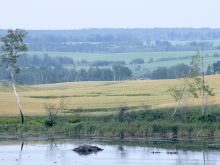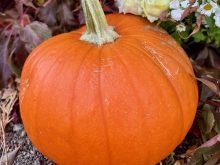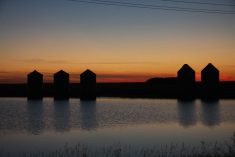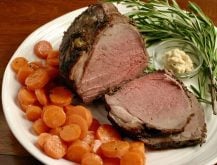Increasing their membership will be the main aim of prairie women’s institutes in 2003.
But working against that are the age and health of the average WI member, now a grandmother in her 60s.
“We are still having a tough year,” said Saskatchewan WI president Virginia Kreklevich of Foam Lake.
While the 92-year-old group gained three new members during the year, that did not add substantially to the 200-person roster.
The SWI also raised its annual fee to $35 to help the national group.
Read Also
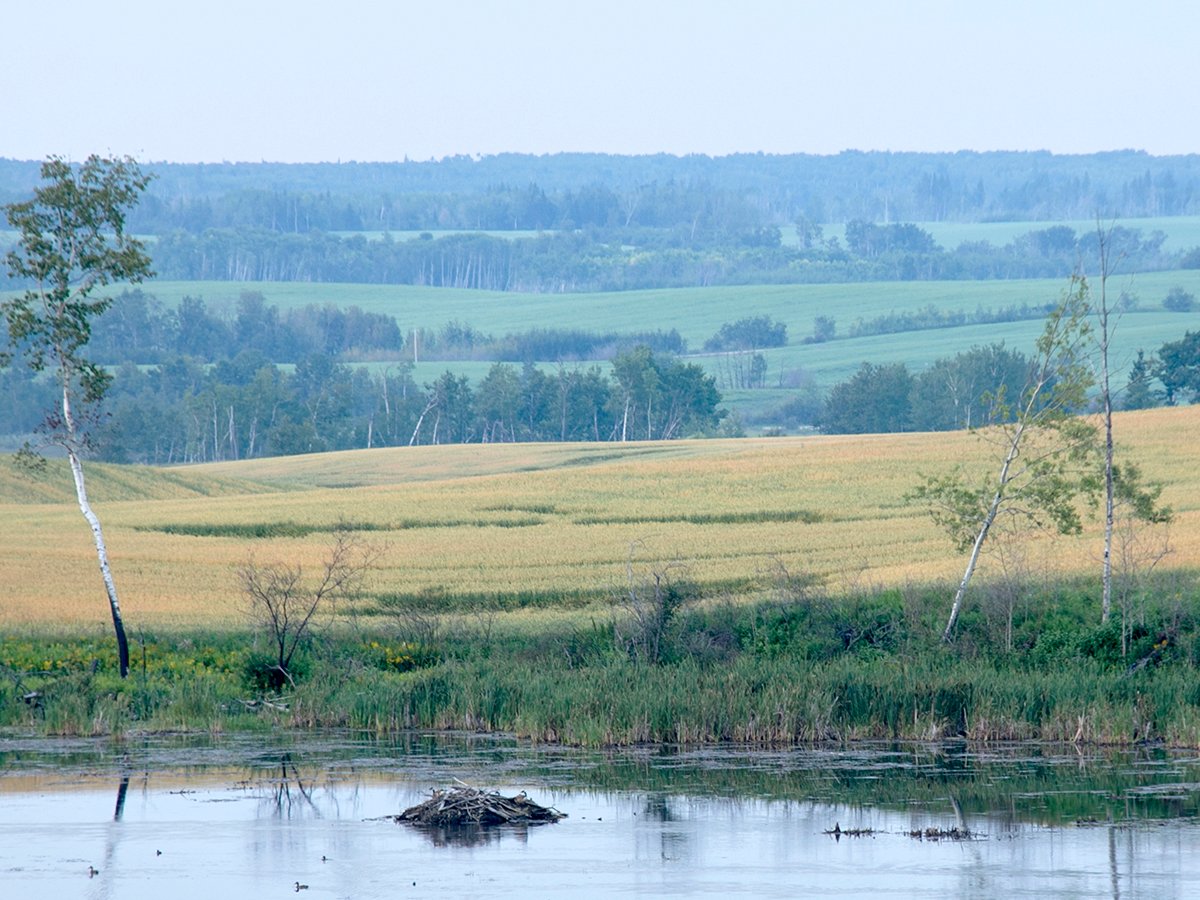
Intergenerational rollover rules can help succession plans
One of the most significant concerns in succession planning for farmers is the tax bill that can come with passing the farm to the next generation.
Last year there was talk of the SWI severely curtailing its programs or even closing down. Kreklevich said since no other funding sources came up during the year, that topic will be on the agenda at the executive’s Feb. 3-4 meeting. Until then, SWI is keeping its part-time employee and office hours at the University of Saskatchewan in Saskatoon.
It’s the same story in Alberta.
“The Alberta membership is dropping because branches are disbanding due to the health and age of the members,” said AWI president Mildred Luz of Camrose.
Younger women have little time for meetings because they are working off the farm or driving their children to activities such as sports and music.
However, it’s not all bad news in Alberta.
Four girls’ clubs in the province could be the base to acquire future WI members.
“In the Cool Crafts club in the south there are 20 very enthusiastic young girls,” Luz said.
“It helps to have leaders there and in the north who are interested and concerned.”
As well, a learning session held before the AWI annual meeting helped train the 28 women who act as the group’s conveners or committee chairs.
Manitoba WI president Diane Hall said membership is always a concern because the women are aging.
“We lose two and may gain one, if lucky.”
Hall said at her own branch in Gimli, half of the members are snowbirds. When they return in the spring, the group meets often. But in branches where there are five or fewer members, the women are into their 80s.
Hall noted the MWI is not the only group suffering under the poor farm economy that is driving both spouses to off-farm work.
“There is no time for a service club. What energies are left go to their families.”
Hall said she retired recently from her paid job and intends to visit more branches and members this year. She is also looking forward to the Federated Women’s Institutes of Canada convention in June in Quebec, a meeting that is held every third year.
The British Columbia WI is “maintaining the same feeling of optimism and that hard work philosophy that began 93 years ago,” said president Joan Holthe.
Among BCWI’s issues are a history book of the organization’s last 50 years that needs to be finished in time for its centennial in 2008, and a resolution to ensure water is exempted from free trade rules.
“We are happy to be versatile enough to interest members that enjoy craft workshops or the ones that want to be involved in changing the world,” Holthe said.
Fay Mayberry of Red Deer is now in the last six months of her three-year term as FWIC president.
She said the WI’s 20,000 members will be introduced to two new projects in 2003. One will train women in computer skills in one-on-one situations. The other will look at safe water, including regular testing of rural wells. Funding is being sought from the government and private sources.
FWIC’s other major news is that it will move its office from Ottawa to the WI founder’s museum it runs in St. George, Ont., 500 kilometres east. That will save money for the organization. It has had to close the Adelaide Hoodless Homestead for the past two winters because of the cost to run it.


